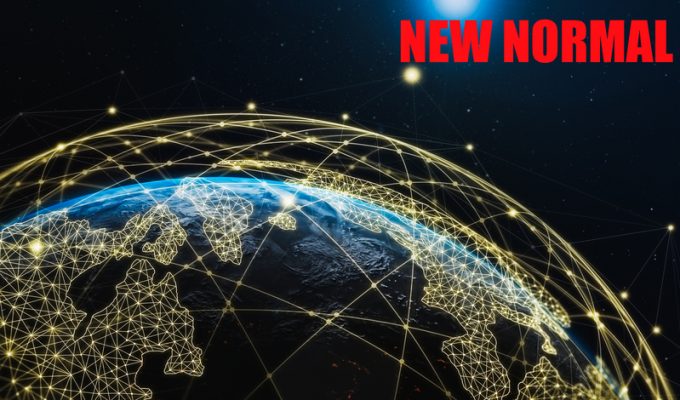India could be the new 'superpower of manufacturing', but...
“Best practice” advice to shippers considering shifting sourcing is to consider India, but ‘do your ...

Supply chains will be different in the wake of Covid-19: the preference will be for more resilience and flexibility, according to a new white paper.
While many lessons have already been learned, businesses are starting to work out how supply chains will need to alter, said Richard Wilding, professor of Supply Chain Strategy at Cranfield University, who co-authored the paper with DHL.
As the crisis was not driven by supply chain collapse, but by lack of demand, the recovery will depend on ...
Asia-USEC shippers to lose 42% capacity in a surge of blanked sailings
USTR fees will lead to 'complete destabilisation' of container shipping alliances
New USTR port fees threaten shipping and global supply chains, says Cosco
Outlook for container shipping 'more uncertain now than at the onset of Covid'
Transpac container service closures mount
DHL Express suspends non-de minimis B2C parcels to US consumers
Zim ordered to pay Samsung $3.7m for 'wrongful' D&D charges
Flexport lawsuit an 'undifferentiated mass of gibberish', claims Freightmate

Comment on this article